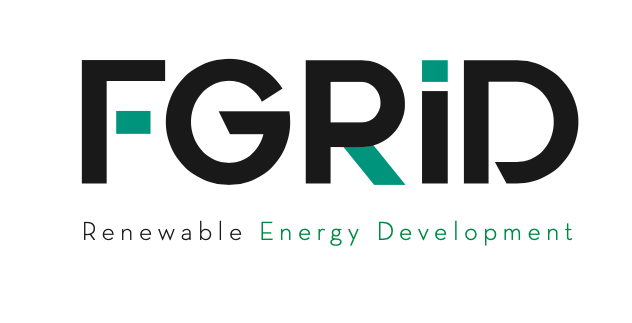- 27 Division St, New York, NY 10002
- iRecco@mail.com
Green Hydrogen
UNITS
H2At FGRID we believe that renewable hydrogen is a promising clean fuel source – and one that has the potential to play a vital role in the green transition. Although huge leaps have been made in the energy sector to decarbonise our electricity system, de-carbonising some traditionally high-emitting sectors such as transport and heavy industry is a bigger challenge. We believe that, with the right investment and research, we can make renewable hydrogen a low-cost and widely available alternative to fossil fuels – and one that plays a unique role in the global green energy transition.
At our company we strive to accelerate the adoption of renewable hydrogen among our investors, bringing us one step closer to our vision of a world powered entirely by green energy.
Renewable hydrogen and electric fuels are critical to curbing climate change. Without them, it will be impossible to achieve complete elimination of CO2 emissions – and unfortunately there is no room for delay.
The Benefits
of Green Hydrogen units
BENEFITSWhat is Hydrogen?
Hydrogen is the most abundant element in the universe. In its purest form, hydrogen is usually a gas—a colorless, odorless substance that can be burned to produce heat. It is also one of the parts that make up a water molecule. Around 96% of the hydrogen consumed in Europe is produced through fossil fuels such as natural gas, emitting significant amounts of CO2 in the process. It can also be produced using biogas, nuclear power or renewable energy sources.
How is Green Hydrogen produced?
Green hydrogen is produced by splitting water into hydrogen and oxygen using renewable electricity. Hydrogen is collected and used, while oxygen is released as a by-product. The splitting process used is known as hydrogen electrolysis, an established technology.
The role of renewable hydrogen in a carbon-free future
At FGRID we believe that with the right regulatory framework and timely investments, renewable hydrogen can be cost-competitive by 2030. But the exit journey must start today, as the development of renewable hydrogen and electric fuels is critical to keep global temperature increase below 1.5°C by the end of the century.





